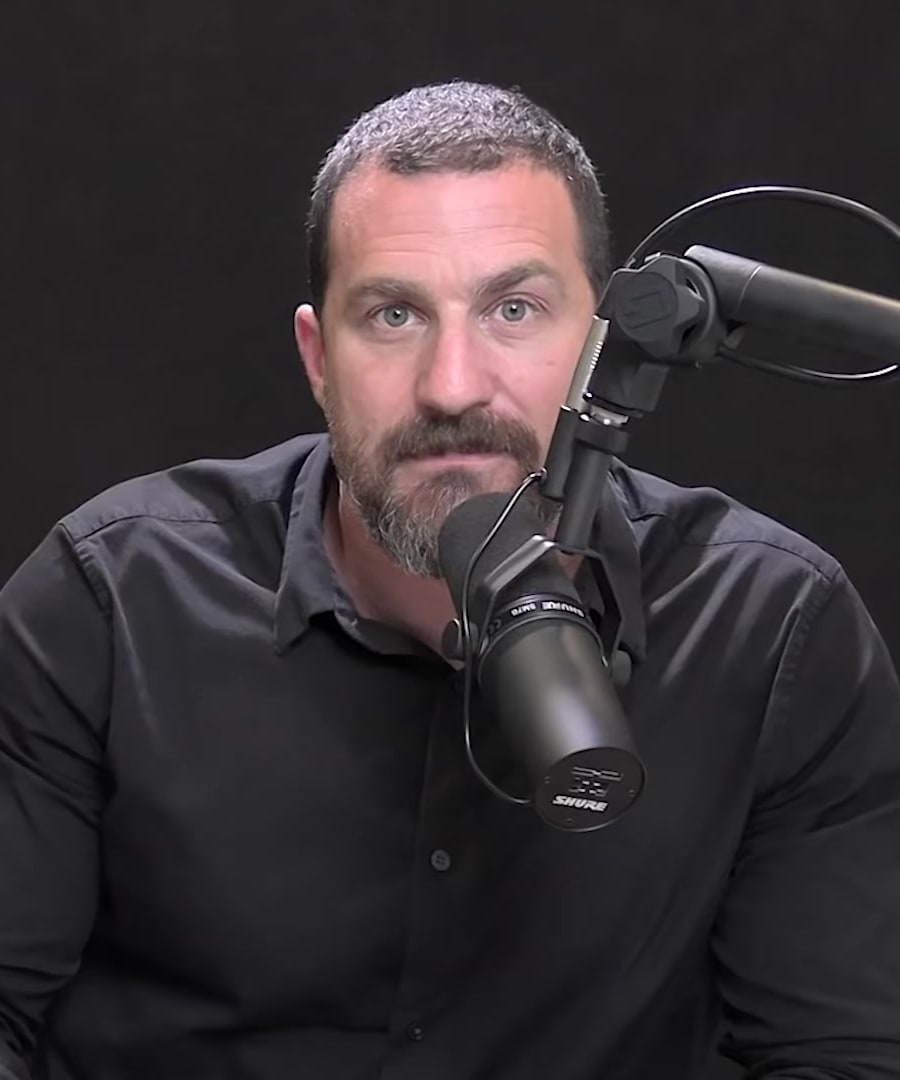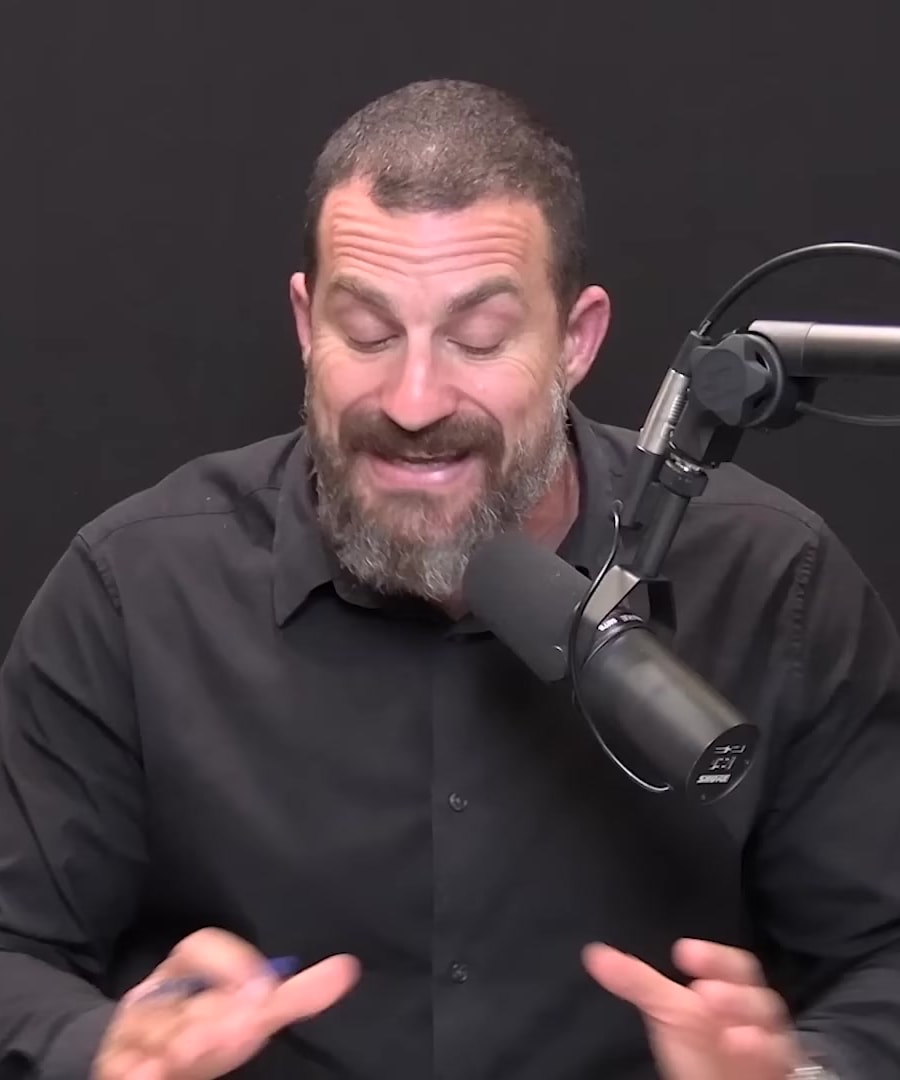What is TMS stimulation?
Sources:
Transcranial Magnetic Stimulation (TMS) is a non-invasive procedure where a magnetic coil is placed on specific areas of the skull to modulate brain activity. TMS can increase or decrease activity in targeted brain regions, which can influence various neurological and psychiatric conditions.
Key Points of TMS:
- Non-Invasive: It involves placing a coil over the head that sends magnetic fields into the brain without the need for surgical intervention.
- Modulation of Brain Activity: TMS can either enhance or suppress the activity in specific areas of the brain.
- Applications: TMS is used for treating conditions like ADHD, OCD, and depression. It helps in manipulating brain circuits involved in these disorders, often in combination with behavioral tasks or therapies.
- Mechanism: It influences neural circuits by directly affecting their activity, which can alter various mental and emotional processes.
Andrew Huberman has discussed instances of using TMS both experimentally and therapeutically, highlighting its potential to engage specific neural circuits and impact behaviors and thought patterns dramatically 1 2.
RELATED QUESTIONS

